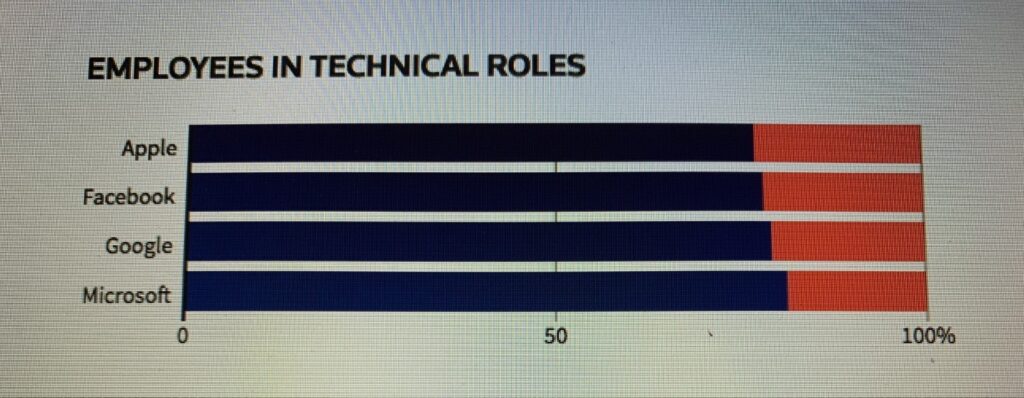
Designing for Virtual Communities in the Service of Learning
This week’s readings provided a detailed emphasis on the types of virtual communities. Several ways to design these virtual communities for the learners were also described. Virtual communities are playing a key role in promoting learner-centered models of instruction. The learners along with their individual choices and preferences have become a part of various virtual communities. They share their knowledge and ideas with their peers and mentors. It is also worth noting that these communities are working despite any racial, gender, geographical, religious, or cultural differentiations. Most of the learning communities have established their ethical and moral codes which everyone is bound to follow, otherwise, they cannot be a part of that community.
Online communities have made students more autonomous and independent. Both teachers and students from all over the world get together and develop innovative designs and content. As far as the designing for the virtual communities is concerned, more emphasis is placed on the participation of members. Participants’ collaboration, teamwork, interactions and providing feedback to each other help in developing research in various areas. These communities are also designed to promote inquiry based and problem-solving pedagogical practices. Through such platforms, teachers can introduce several techniques and ways to solve different problems of students. These inquiry –based and problem-solving approaches motivate students to learn effectively and more autonomously. I liked the fact that now girls are more actively participating in these virtual communities. It is the bright side of designing for these virtual communities that how linking and contrasting strategies are sources of evaluating sociability of learning environments.
Online Learning Communities
People co-construct knowledge by building on the ideas and practices of group members (Riel& Polin, 2004). Online learning communities are a source of building mutual relationships. The role each participant plays has a paramount value in maintaining the decorum of these communities. I liked the authors’ standpoint where they say that a community may be dysfunctional or troubled, stemming from a failure to accommodate change or variation (Riel & Polin, 2004). The reasons for a scattered or unsuccessful community are ineffective participation of the members, poor strategies, lack of cooperation and much more. There is no denying the fact that members are the backbone of any community. They should be the focus and communities must be designed keeping in view the participants/ members’ needs.
This chapter has thrown light on three types of communities. They are Task-based, Practice-based, and knowledge-based learning communities. Then designing a technical environment for each community has been elaborated. Task-based learning communities are established to help participants perform such tasks that resemble real-life scenarios. These communities help students forget about the traditional styles of learning. Group learning is the major focus of these communities where participants get together, share their perspectives, and try to solve problems through mutual consensus. Task-based learning communities are designed keeping in view the purpose of a common learning goal where members from diverse backgrounds can work on a common task.
Practice-based learning communities is more about applying knowledge and skills that participants got in their learning phases. Math Forum is an immense help for participants to polish their knowledge and skills and solve various problems successfully. Through these communities, participants interact and practice their knowledge and skills keeping cooperation as a priority. The problems associated with practice-based learning communities are real. It is hard for new participants to learn new skills and knowledge. Now a days these communities are designed to help newcomers and they assist them in learning various skills to practice a task.
Lastly, knowledge-based learning communities emphasize the importance of advancing collective knowledge in a particular field in such a way that each member of the community. Students are encouraged to engage in different knowledge building activities. Different software and web learning tools are playing an effective role in building the knowledge of the participants. Technology has a pivotal role in advancing the efficiency of all three learning communities. This chapter provides a clear picture of how all three learning communities are playing a key role in making this virtual world a better place to share, learn, create, explore, and make.
References:
Riel, M., & Polin, L. (2004). Online learning communities: Common ground and critical differences in designing technical differences in designing technical environments. Designing for virtual communities in the service of learning.






